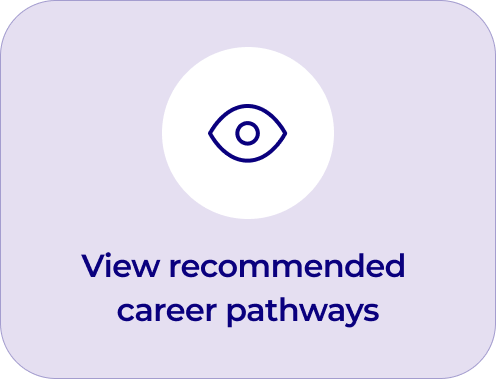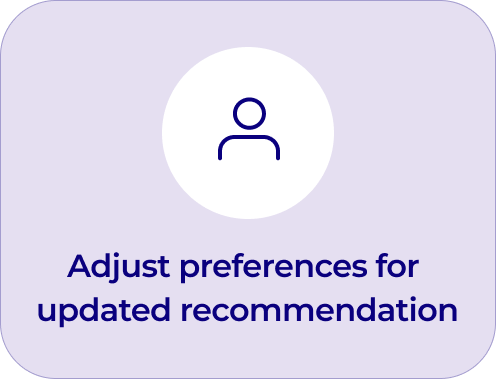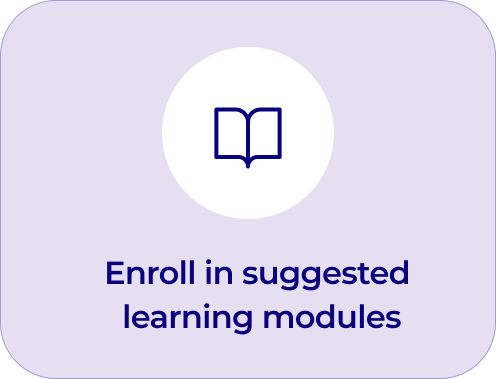Crafting personalized career journeys for students and early-career professionals through a fusion of user insights and advanced AI analytics

College students face significant challenges in selecting a career path due to the overwhelming number of options and lack of personalized guidance. Without clear direction, it's difficult for them to identify which careers might be a good fit based on their skills and interests.
The goal was to create an AI-driven solution that could assess student profiles and provide students with clear, actionable career pathways based on personalized data.
As a product design intern, I crafted the web experience for the Career Pathway, collaborating with another designer for cohesive design across the platform. I defined the design direction through extensive market analysis, and lead user research to gather insights from our target users.
How might we build an interaction to align students with career opportunities that fit their unique backgrounds, skills, and goals, while also ethically collecting data on this user group?
Faced with the unique challenge of developing AI-driven career pathways in an unexplored market, my role pivoted towards a strategic research approach. Understanding that there were no direct existing models to reference, I focused on understanding user behavior in career decision-making and the tools they currently relied on.
Users approach career decision-making through a combination of self-reflection, mentorship, and research.
Many students consult with career counselors, attend workshops, and seek advice from professionals in their network.
Current tools and services tend to offer outdated, static recommendations, overlooking students' unique skills, interests, and values, as well as regional and global employment trends.
I also expanded the research scope to include job search platforms like Linkedin and Glassdoor, along with daily-use platforms like Netflix and Spotify, to understand student interactions with AI and ML-driven systems.
The pivotal insight was recognizing that students are familiar with AI and ML on popular platforms like Netflix, Spotify, Indeed, Glassdoor, and LinkedIn, which offer tailored experiences. This insight inspired the innovative approach of integrating similar AI/ML techniques into Skilbi, employing data-driven personalization for career guidance.
Simplicity
Simple designs are easier to understand and use, which enhances learnability.
Intuitiveness
When users can navigate a system naturally, without needing extensive instructions, they can complete their tasks more quickly and effectively.
User control and freedom
Allowing users the freedom to easily reverse actions and customize their interactions can reduce the likelihood and impact of errors.

Quick edit and preference customization to allow users to make quick and straightforward adjustments to their profiles minimizing the steps required to customize recommendations
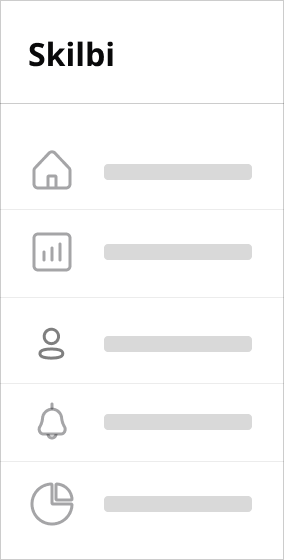
Left navigation panel to the dashboard design to improve overall site navigation. This panel organizes access to key features of the platform, such as career pathways, challenges, learning hub, and settings, in a clear, vertical layout.
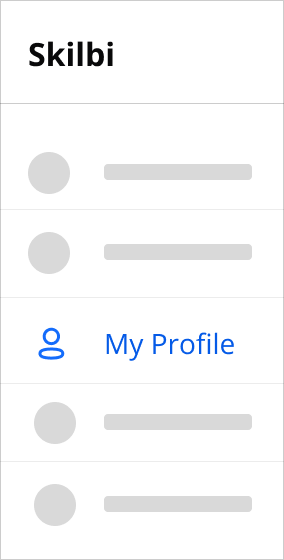
Prominent profile icon in an easily accessible location within the dashboard, where users are encouraged to frequently update their preferences, skills, and goals.
